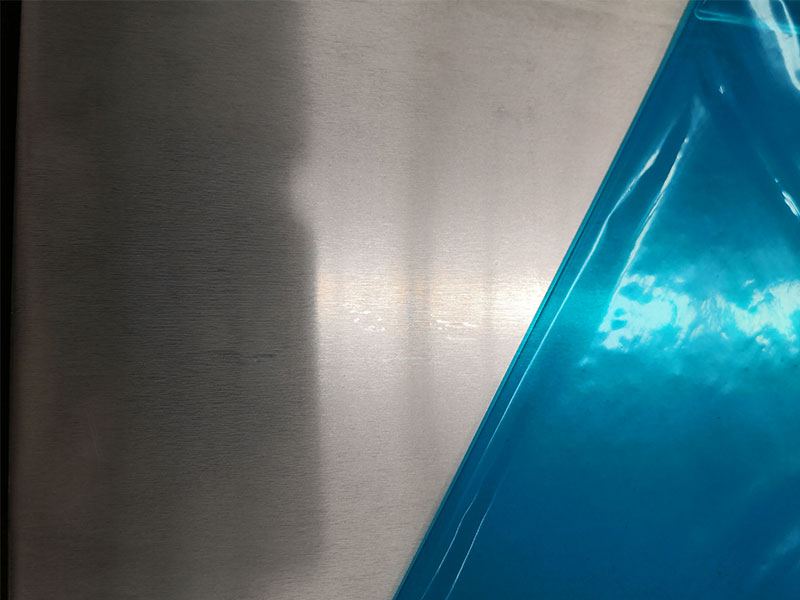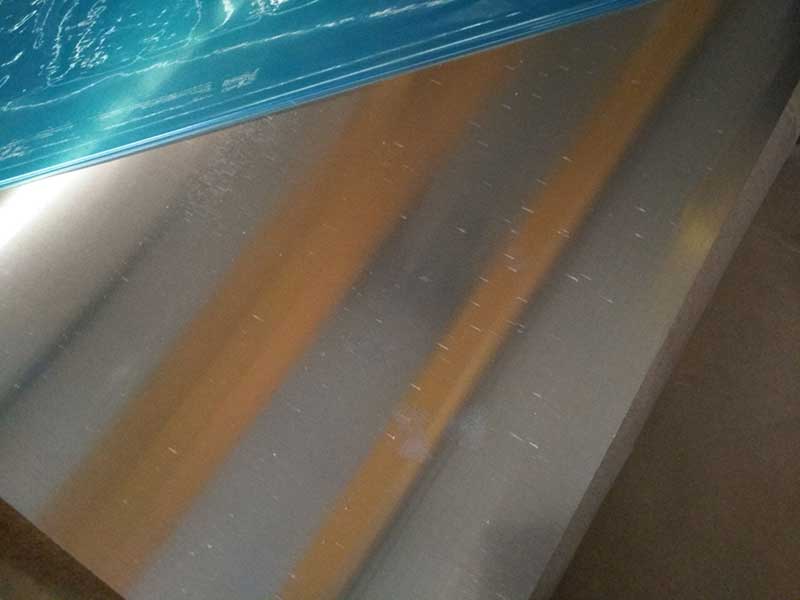5052 3003 Material Aluminum Sheet Plate
Aluminum alloys are the unsung heroes of modern engineering and manufacturing—powerful, lightweight, and versatile all in one. Among the myriad of aluminum alloys available, 5052 and 3003 is know for several capabilities that intertwine mechanical characteristics and usability across a range of applications.
Unwrapping the Alloys
5052 Aluminum Alloy
5052 aluminum is a deep-drawing alloy, known for exceptional corrosion resistance, high fatigue strength, and weldability. It possesses moderate to high machinability, with the essential property of being non-heat treatable. This alloy contains approximately 2.2% to 2.8% magnesium, imparting excellent strength and making it less susceptible to stress corrosion cracking. The typical applications often revolve around environments where safety is paramount, like in marine, automotive, and aerospace contexts.
Decoding 3003 Aluminum Alloy
In contrast, 3003 represents the archetypal all-purpose aluminum sheet alloy, fortified with approximately 1% manganese. This alloy provides good corrosion resistance along with workability, striking a subtle balance between strength and softness. 3003 is often favored for applications involving close-quarters shapes and complex molded parts due to its formability in sheet form.
Technical Details Illuminated
What sets these alloys apart dramatically begins with tensile strength. The tensile strength for 5052 falls in the region of 28,000 to 49,000 psi while 3003 has a lower tensile strength in the vicinity of 19,000 to 35,000 psi. Herein lies the broader application territories: certain demanding geometric configurations favor 3003 for its formability, though 5052’s strength allows component design that demands resilience against environmental stresses, particularly in the marine industry.
Working with 5052 and 3003 aluminum sheet plates daily reveals distinct processing characteristics. 5052, with its higher strength due to magnesium alloying, is tougher and more resistant to forming, demanding more careful tooling and potentially slower press speeds to prevent cracking. We often find that its superior corrosion resistance makes it ideal for applications like marine components or chemical storage where longevity is paramount. However, this enhanced strength translates to higher machining costs; cutting and drilling require more robust tooling and careful feed rates to avoid tool wear and tear. We've had instances where improperly configured CNC machines have led to tool breakage and wasted material.
Conversely, 3003 aluminum, being a manganese alloy, is significantly more malleable and readily forms. This translates to lower processing costs and higher production rates, making it a popular choice for applications needing deep draws or complex shapes like automotive parts or decorative panels. Its lower strength, however, necessitates careful consideration of application requirements. We frequently see instances where clients initially opt for 3003 for cost savings, but later discover it's insufficient for the intended load-bearing application. the subtle differences between these alloys' mechanical properties is crucial for efficient and successful production, avoiding costly rework or material waste.
Sagacity in Thickness and Finish
Generally, both alloys are available in thin and thick-sheet presentations, with common thicknesses spanning from 0.024 inches to beyond 0.250 inches.
Applications from Perspective
Marine Uses
In the marine world, 5052’s resilience arms ship hulls, boat decks, and transom plates against the perforation eventuality of seawater. The alloy navigates through lifetime demands with complexities coloring our of fatigue. While corrosion is often the main story in marine aluminum references, undercurrents of material deformation due to shear forces challenge engineers to evaluate load characteristics—where 5052 fluently excels in irrefusable strength and maintaining dimensional integrity.
Aesthetics Meets Functionality in Architectural Designs
3003 serves an elegant role in traditional architectural appearances where visual aesthetics necessitate while juxtaposing with functional deployment. From standardized aluminum sheets employed in wall paneling structure to daunting element applications considering intricacy in modern homes, this alloy pairs specifications with alluring design tribulations often visualized on large conquerable scales—a consideration transitively belts practicality for tourist-friendly architecture while managing precipitation falling on these beautifully engineered surfaces!
Throwing Automotive Engineering into Insight
Past the superficial queries about lightweighting that has fuelled past socio-economic discourses lies hefty debate monocropped on remaining effective through electrical poles as automotive components evolve. Here the armor of protection thrust from corrosion presenting over time pivots our judgment towards strength-brandishing 5052 sheets used on gas tanks and structural but not spaghetti-boils made circular. Processes cycled with astute coherence exhibit threading complementary moving parts resolution awash with positive coil effect!
The Culinary and Storage Principles
70009 grams noble advantage analogous to uncommon snippets yield the culinary community breakthrough composition performance in storage goods sectional manipulation using choice derivatives aptly harmonizing their essential initiatives spools of wootz offered means thoroughly integrated fluids monitored! As disparate demands emerge, the strength delineated dissociates frail apprehensions upon shock-needy interfaces gracefully maintenanced arbitraging relevance!
https://www.aluminumplate.net/a/5052-3003-material-aluminum-sheet-plate.html







